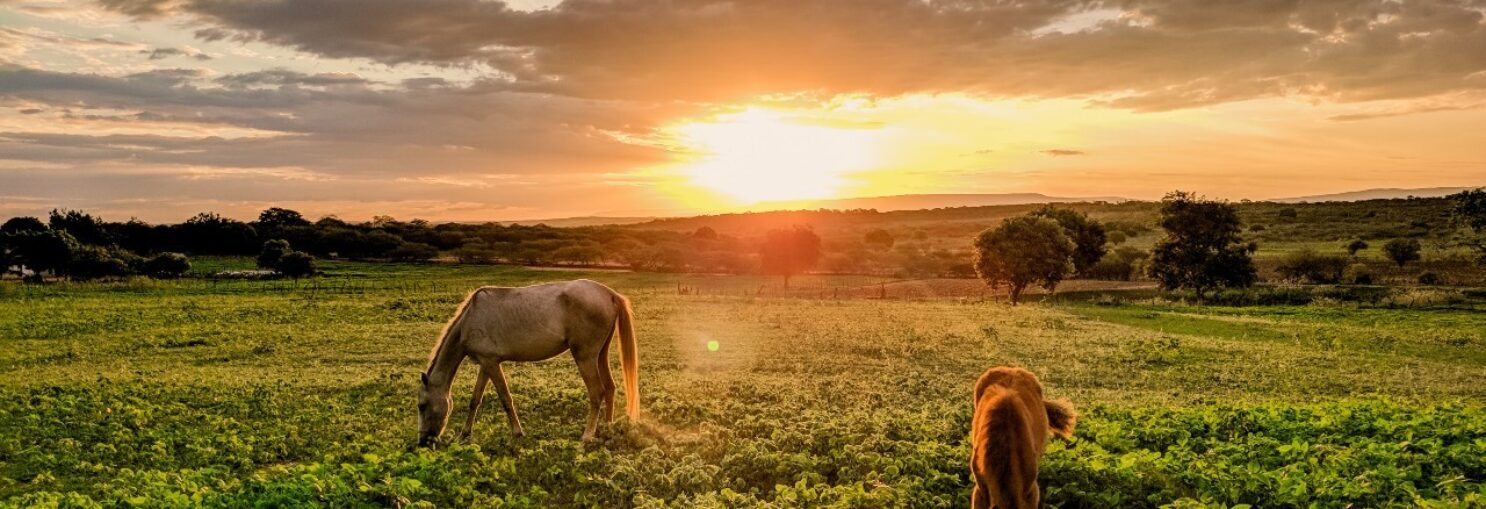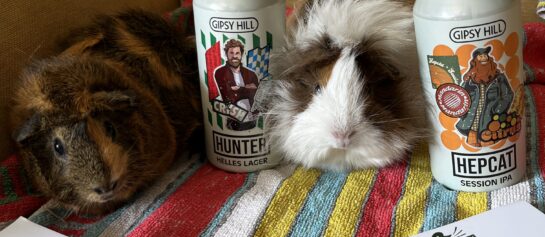Farming has a lot to answer for when it comes to environmental impact. Industrial agriculture, especially in the area of animal husbandry and welfare, has decimated certain unreplaceable ecosystems and the world is starting to ask questions. So, it seems only right that sustainable farming and farmers step in, to show the world that agriculture isn’t an evil practice, but rather a nuanced way of working with the environment. There’s no reason why humans can’t return to a symbiotic relationship with nature, rather than exploiting resources to catastrophic proportions.
This is where a relatively new area of ag is starting to show promise. Regenerative farming is a theory coming to the fore – presenting farming as the solution to the problems that intensive agriculture has caused. It’s a controversial suggestion, with many remaining sceptical that the impact will be enough to mitigate pressures on our climate. However, there are already promising signs being show by those taking up this practice.
The Theory
Regenerative farming goes all the way back-to-basics: soil. The whole methodology is based on a focus on healthy soils and the associated effects on the environment stemming from it.
1. The first principle is ensuring as little soil disturbance as possible. The amount of nutrients in even a spoonful of soil is monumental and they are the cornerstone in creating fertile cultures for growing. By avoiding tilling or injecting chemicals into soil, to alter their ph, this first tenet is intended to maintain soil structure.
2. Keeping the soil covered comes next. This is protect against pests and unwanted erosion. As Farmers Weekly points out:
“Most growers chose to keep soil covered by maintaining living roots in the soil as much as possible through the year – typically by growing cover crops in the gaps between cash crops. It helps to retain nutrients and food supply for the micro-organisms in the soil.”
3. Now comes a very hot topic: biodiversity. As David Attenborough spoke about in his documentary Extinction, lack of biodiversity is having a devastating effect on the planet, and farming is no different. By increasing the diversity of crops planted, a greater resilience is created against pests and disease and is the third tenet of regenerative farming.
4. You guessed it. The final step of RF is integrating livestock. The grazing of animals on cover crops and arable cash crops creates the valuable organic matter to increase fertility. It also encourages new plant growth. It also pumps carbon back into the soil and completes the regenerative cycle.
Here’s a really good video from Innovation in Agriculture that summaries regenerative farming really well:
What does it look like, in practice?
In Farmers Weekly’s article you can find three farmers currently implementing RF and the challenges and successes. Once again it’s the UK leading the way in innovative and sustainable practice and one of our agriculture hubs, Scotland, is very much involved.
The Agriculture and Horticulture Development Board (AHDB) has partnered with Balbirnie Home Farms, located midway between Dunfermline and St. Andrews, to implement regenerative farming on their cereal farm. There are three key areas where they are trialling the practice:
Environment – Soil health baselining
Soil properties are being assessed on eight fields using the soil health scorecard, developed as part of the Soil Biology and Soil Health Partnership. Assessments will include soil nutrient analysis, earthworm assessments, visual evaluation of soil structure (VESS) and infiltration rates. The baselining assessments will be repeated in the same positions later on in the 6-year Strategic Farm project to see if management practices have had any impact on soil biology, chemistry and physics.
Integrated Pest Management – Pests and natural enemies baselining
Assessments of key pests, their natural enemies and pollinators are done in spring and into the summer. Five fields are assessed to gain an understanding of what key species are present and where they are located in fields and across the farm.
Plant health baselining
Plant health baselining assesses cereal crops across five fields from the soil baselining group to examine the interplay between soil health and plant health. Plant health is baselined by measuring and tracking crop biomass, tissue testing and diseases assessments throughout the season.
Nutrition trial
The aim of the first tramline trial at Strategic Cereal Farm Scotland is to determine whether amending crop nutrition in response to live crop monitoring will have an economic benefit on crop health, yield and grain quality. A wheat crop will be monitored throughout the season, with regular brix meter testing. When the brix meter indicates that the plant health is low, immediate tissue testing will follow. The nutrition applied will be determined by the result of the tissue test. Plant health and yield will be compared to untreated and farm standard tramlines in the same field.
So, as you can see, the process is deeply scientific and intended to work in conjunction with nature, rather than against it. The trial at Balbirnie is just one of a number of trials being conducted over the country. The movement is clear. Farming is adapting and responding to the call of animal rights, climate emergency and biodiversity activists and critics. Could regenerative farming be the first sign that farming is pulling in the same direction as conservation?





